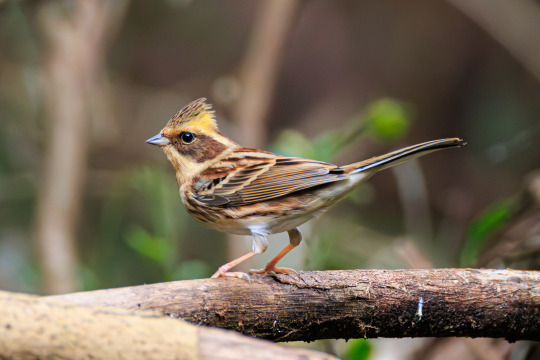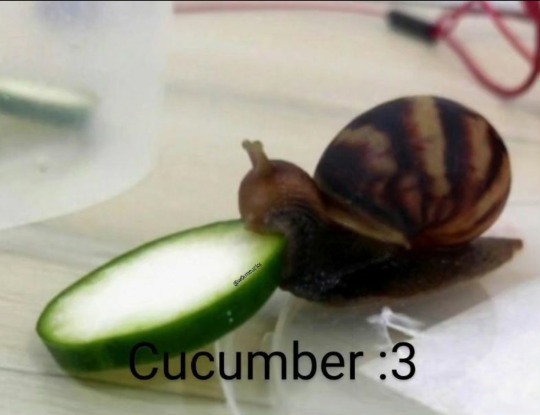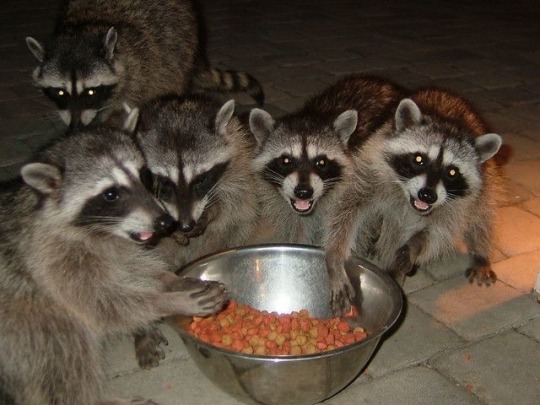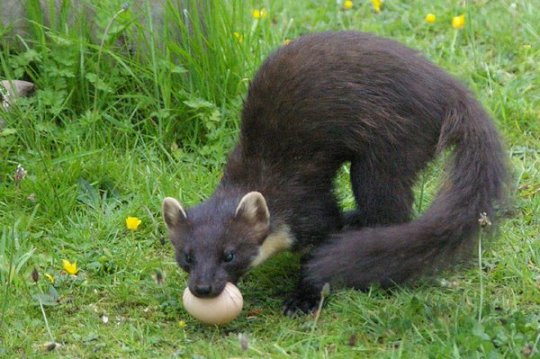Text
let’s talk about the kiwi!!

(an info-dump about one of the weirdest, most scientifically interesting birds we know of today!)
so, we’ve all heard about ratites, right?
well, maybe you don’t know them by name, but you’ve most certainly either heard about them or seen them at some point.
some commonly known members of the ratite group are species like ostriches, emus, and cassowaries— as shown below:
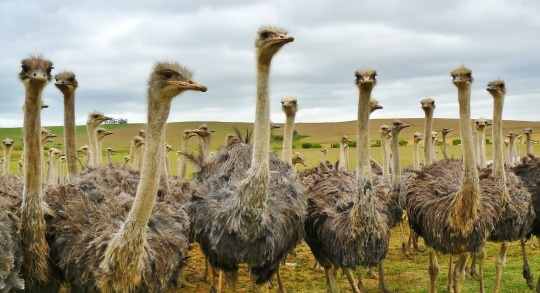
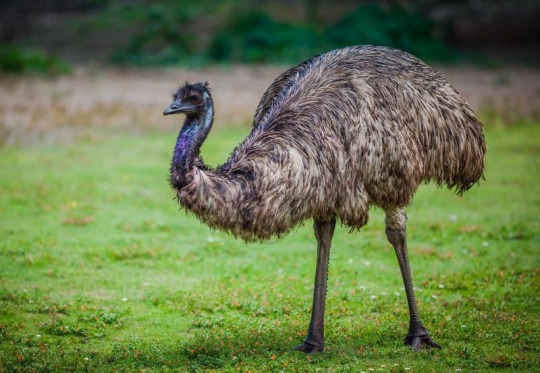
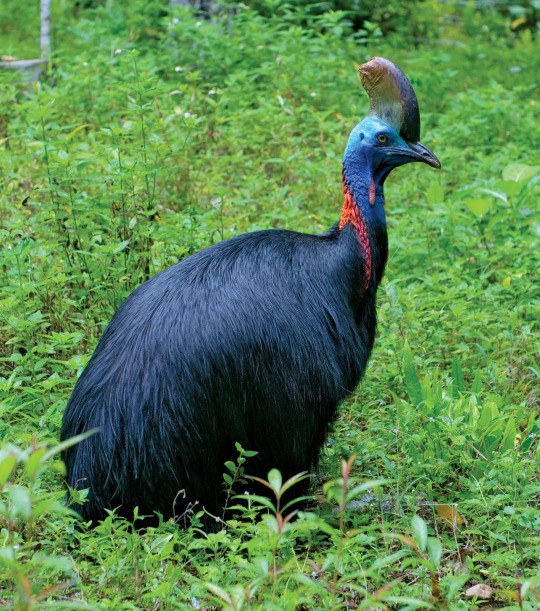
ratites are all flightless birds within the infraclass palaeognathae— the infraclass that none other than the (now extinct) moa and elephant bird belong to!
now, these birds all share very similar characteristics; they’re large, long-necked, and long-legged with big clawed feet. all of these birds are also diurnal— which means they’re primarily active during the day time, just like us!
however, there is one species in this infraclass that is not quite like the others..
the kiwi.
not only are kiwi significantly smaller than their fellow ratites, but they also happen to be nocturnal.
and despite being small, their eggs are incredibly large, taking up to around 20% of the kiwi’s body weight, which has caused a lot of rigorous debate between scientists on exactly why.
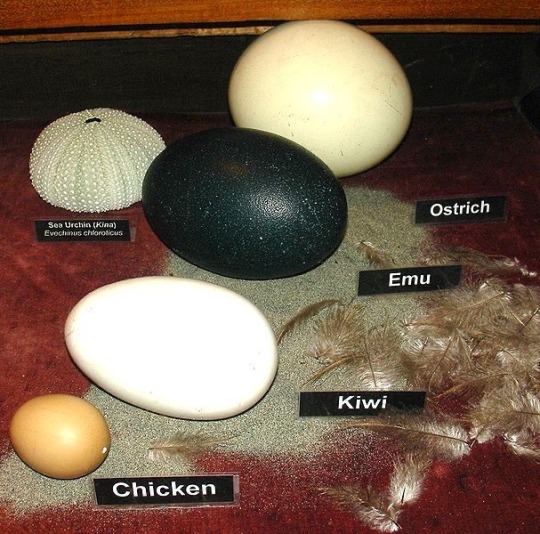
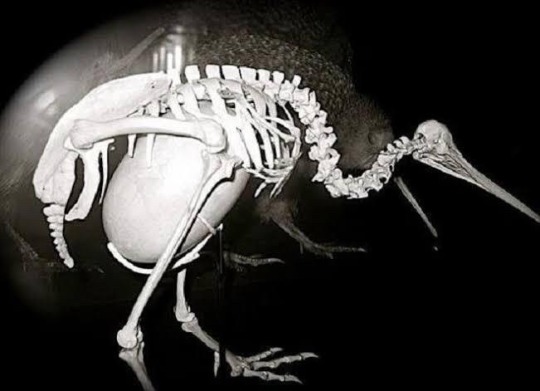
one outdated theory suggested that perhaps the kiwi had shrunk over time from previously being very large like its ratite relatives, while its egg remained big…. but this has been debunked in recent years.
the current consensus, while still a theory, is that the egg size has to do more with precocity than anything else;
kiwis are born precocial, which makes them pretty much immediately independent upon hatching, with the ability to run and feed themselves without the help of their parents.
modern DNA analysis suggests that the size of kiwi eggs is not just a left-over trait from ‘incomplete’ evolution, but instead the exact opposite— an evolved adaptation to ensure better chances of survival.
due to their sheer size, kiwi eggs house more yolk than average, which ends up keeping newly hatched kiwis nice and fed until they learn to forage food for themselves.
when mammals began to spread in new zealand, kiwis had way more predators to worry about, and it’s theorized that they were previously unequipped to deal with this startling introduction of land-predators, such as stoats and rats, that started feeding on their eggs.
this could explain why kiwi eggs have developed to be so large over time— they give the chicks plentiful nutrients and thicker shells to ensure a better chance of survival against predation.
so… yeah. kiwis produce monster eggs and no one fully knows why just yet. neat, huh?
and that’s not even where the weirdness ends, my friends!
on top of all of this, it’s been a running joke in the bird world that kiwis are ‘honorary mammals,’ not only because of their weirdly mammalian appearance, but also because of some of their atypical biological traits.
for instance, kiwis have an average body temperature of around 38 degrees celsius .. aka, 100 degrees fahrenheit.
while this is not typical at all for birds, this is very typical for mammals, which has stumped a lot of researchers over the years.
similarly, kiwis are also the only bird in the world with exposed nostrils at the end of their beak, which can help them detect prey by using scent instead of their vision, which is very poor.
so… yeah. kiwis are the nocturnal, freakish little cousins of some of the biggest, most dangerous birds on the planet, and scientists are, quite frankly, still a little weirded out by them.
46 notes
·
View notes
Photo



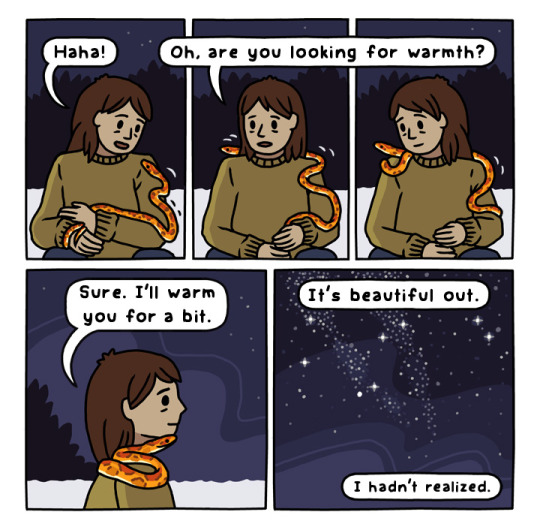



A snake story, based on an experience I had while I was in Florida.
266K notes
·
View notes
Text



Some Beautiful Brandt Cormorants during breeding season. I love these blue patches they get! Their eyes are so magical. Free to use, just link back to this post when you do!
262 notes
·
View notes
Text

A Rare Sight
An Ethiopian wolf sits among purple flowers in Ethiopia’s Bale Mountains National Park.
by Axel Gomille
Wildlife Photographer of the Year People’s Choice Award
115 notes
·
View notes
Text




BIOLUMINESCENCE l Jordan Robins l Jervis bay, Australia
2K notes
·
View notes
Text
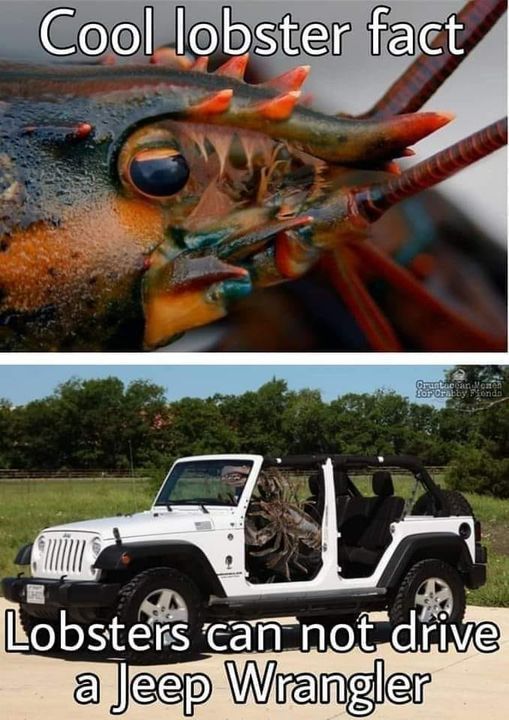
116 notes
·
View notes
Text

Everyone appreciate this hysterical picture my roommate took of my cat the other day
4K notes
·
View notes
Photo

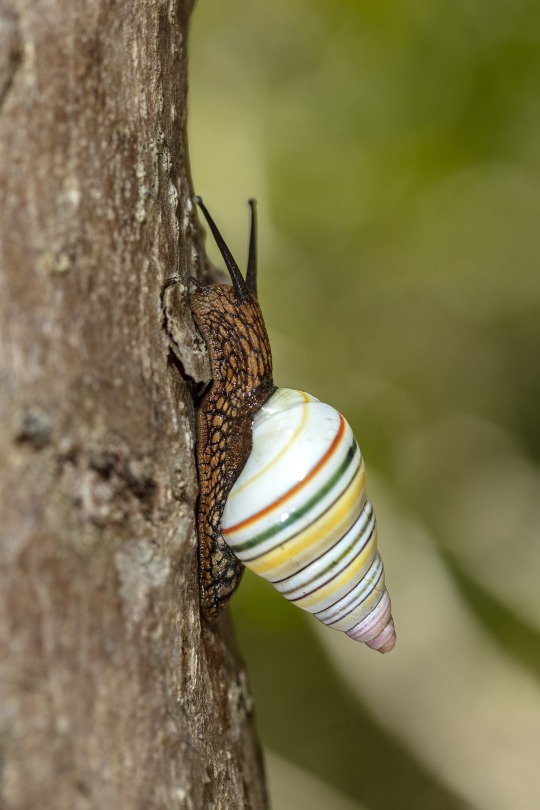
Candy cane snail, Liguus virgineus, Orthalicidae
This arboreal species is found in Haiti and the Dominican Republic
Photo 1 by pedrogenarorodriguez and 2 by margomora
4K notes
·
View notes
Text
BUG OF THE DAY
BotD 8 - 03/29/24
DEARLY SORRY!
This is the Barsine rubricostata!
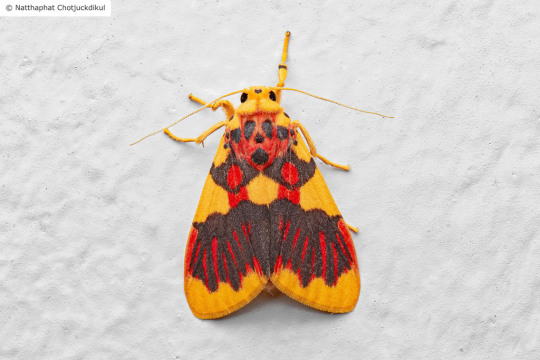
These eye-catching moths may not have much information set out about them- hence them not having a common name- but they are absolutely unforgettable! These moths are from the family Erebidae, which is home to some very common moths, like the large array of Underwings! These stunning insects can be found in Peninsular Malaysia, Sumatra, and Borneo, generally over the summer. While these moths aren't too studied, they are definitely unforgettably beautiful!
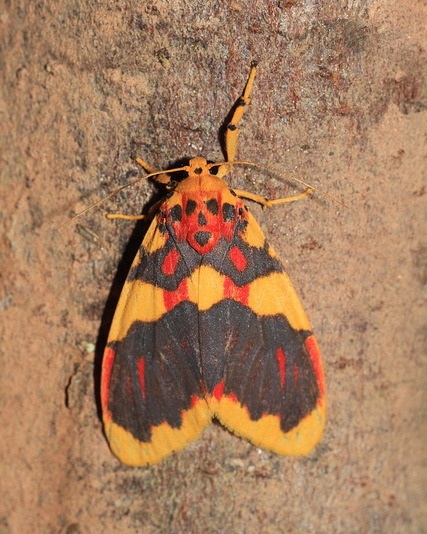
513 notes
·
View notes
Text
13K notes
·
View notes


